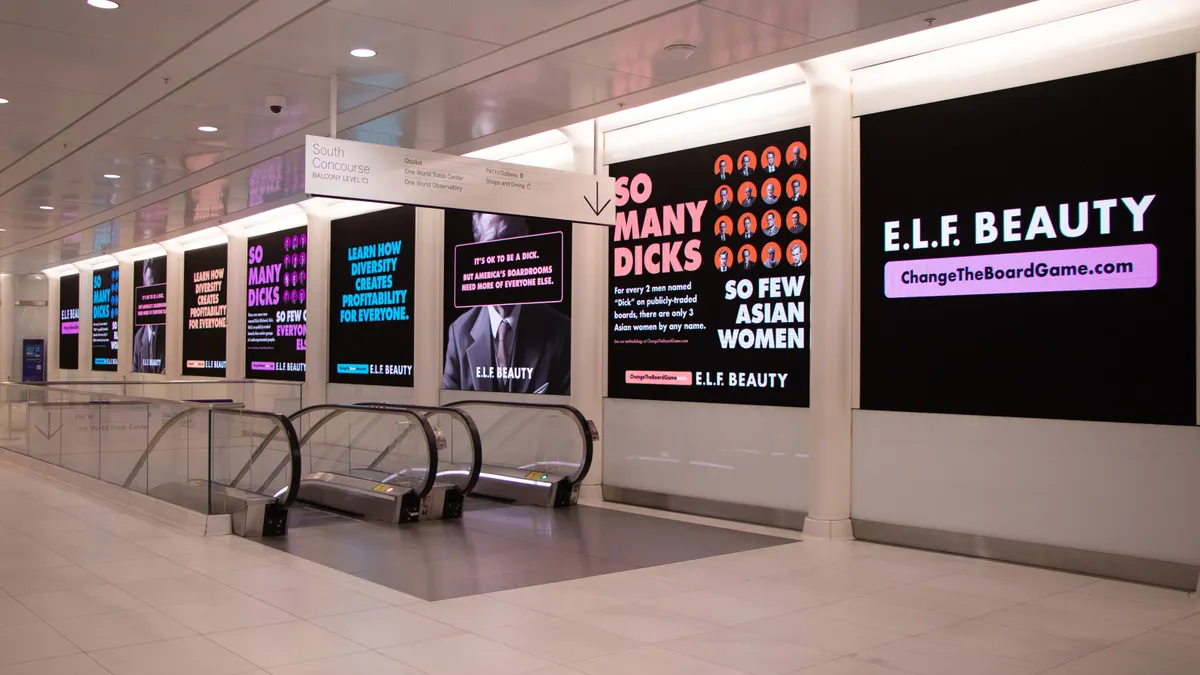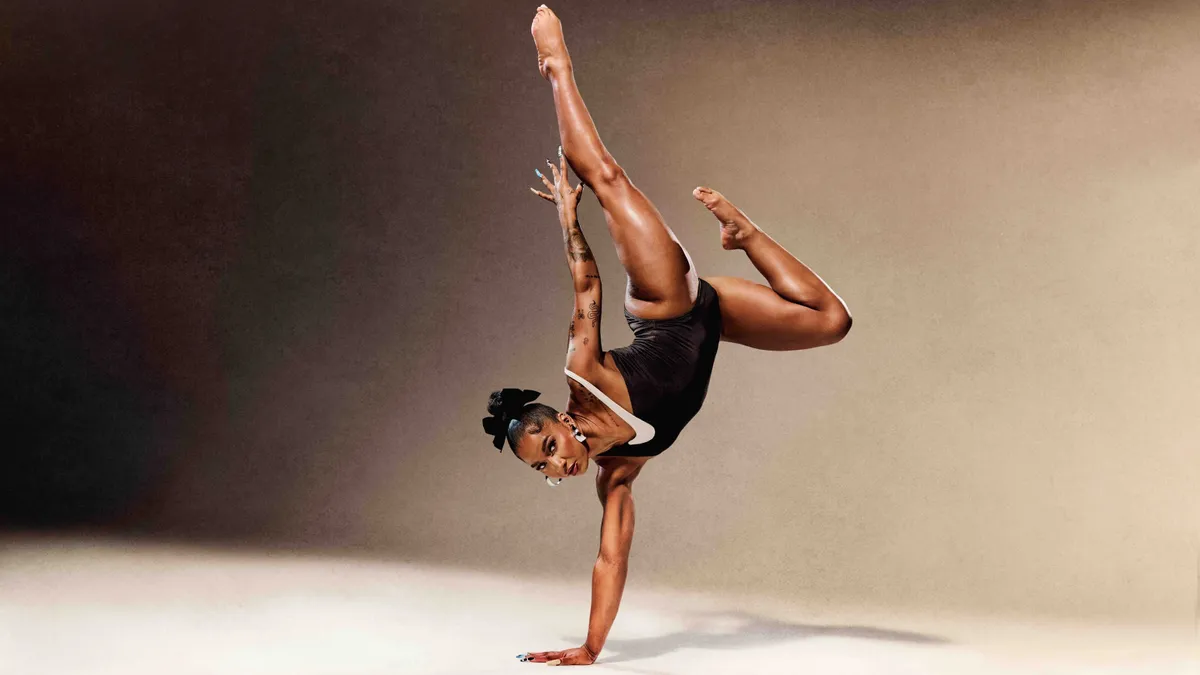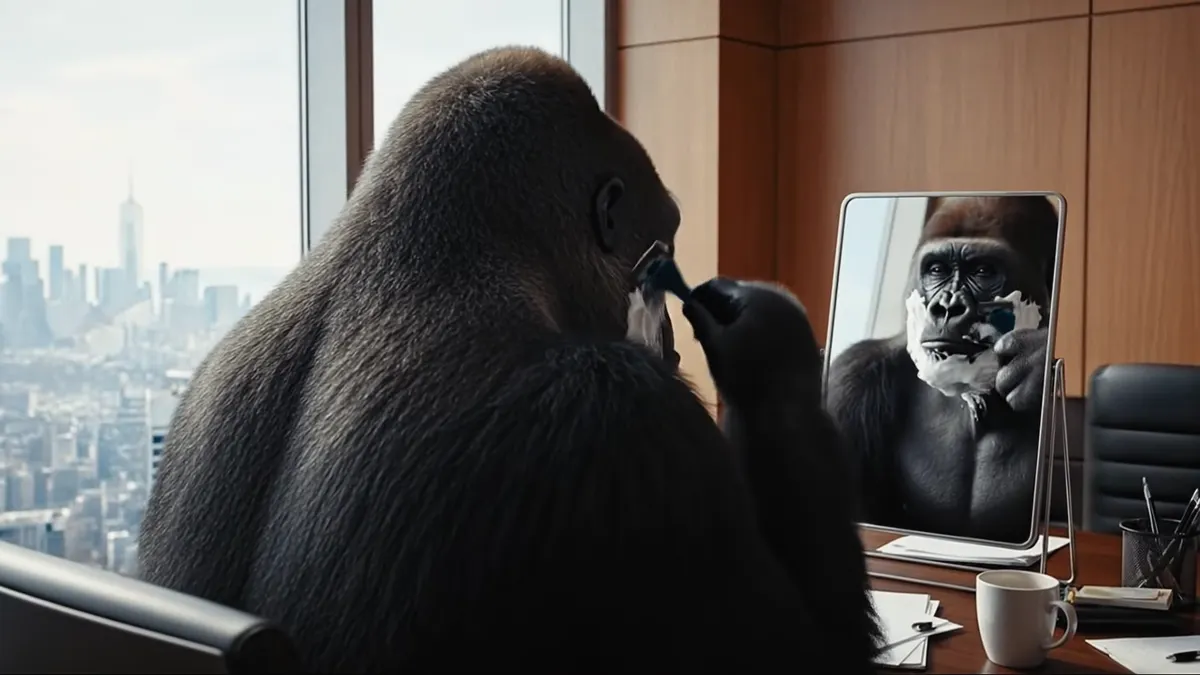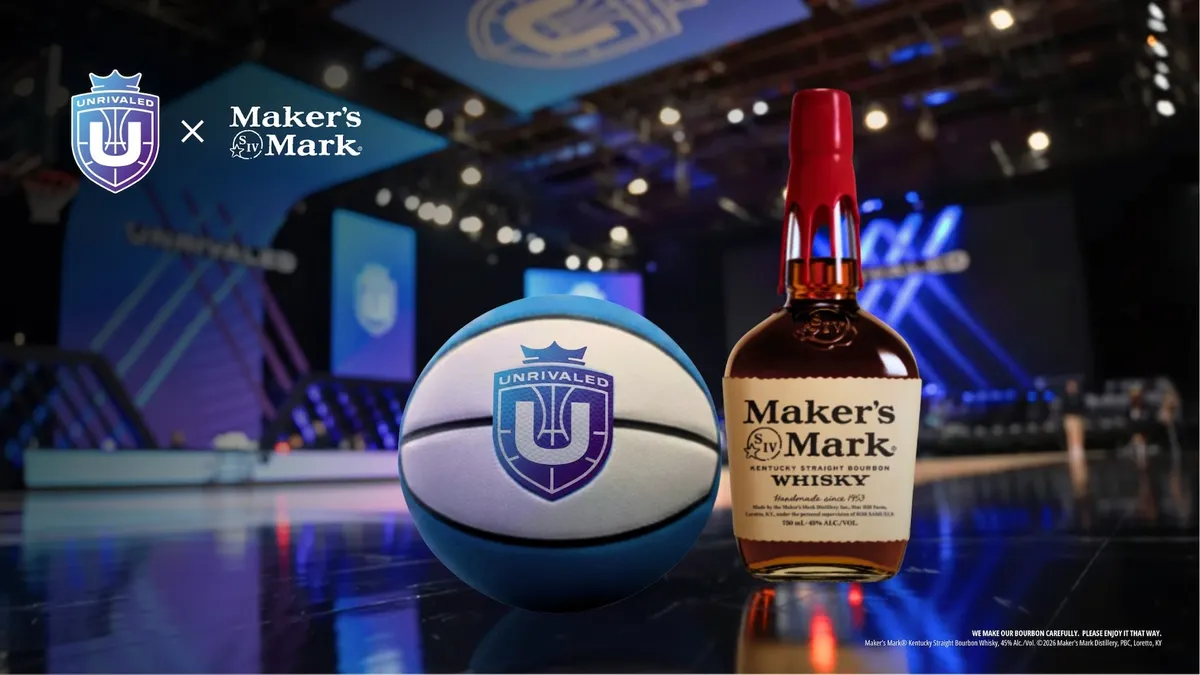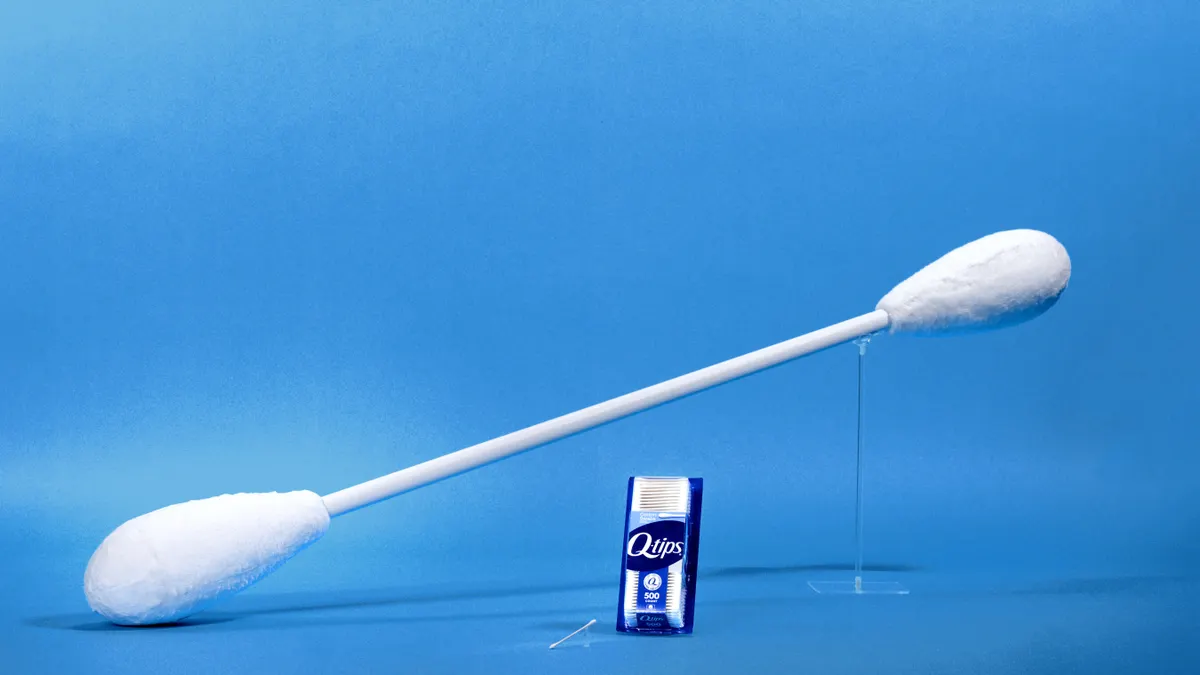Across multiple diversity-focused discussions at Advertising Week New York earlier this month, marketers shared one sobering sentiment: The industry has a long way to go in achieving meaningful representation, not just within creative output, but across all facets of business.
Inclusive marketing strategies have been on a rollercoaster ride over the past five years. In 2020, tragedies including the murder of George Floyd spurred a powerful racial justice movement that saw major companies make larger diversity, equity and inclusion (DEI) commitments and hire more chief diversity officers. Many of those roles have since been eliminated, and DEI strategies have been overwhelmingly rolled back. This comes as the Trump administration fiercely rallies behind an anti-DEI campaign.
Shifting social and political climates have left brands adrift and consumers uncertain about where to place their loyalty, explained God-is Rivera, chief strategy officer of Burrell Communications Group Worldwide, which bills itself as the first Black-owned agency network.
“I would say brands right now, many brands, not all ... are in paralysis,” said Rivera. “What we’re looking at is a lot of people never thought about what inclusivity meant to them, so they went with different definitions and different shifts and [the] way the wind blows … Now we’re at this point where people are trying to almost stand still and figure out what to do.”
While diverse audiences represent a proven growth opportunity for marketers, the push for representation appears to be slipping. Brands looking to advance their efforts can embrace a number of approaches, from expanding their understanding of identity to prioritizing consistency and addressing unconscious bias. That work could take on a heightened level of urgency as the critical end-of-year period approaches, carrying with it what some expect will be even more powerful consumer demands for inclusion.
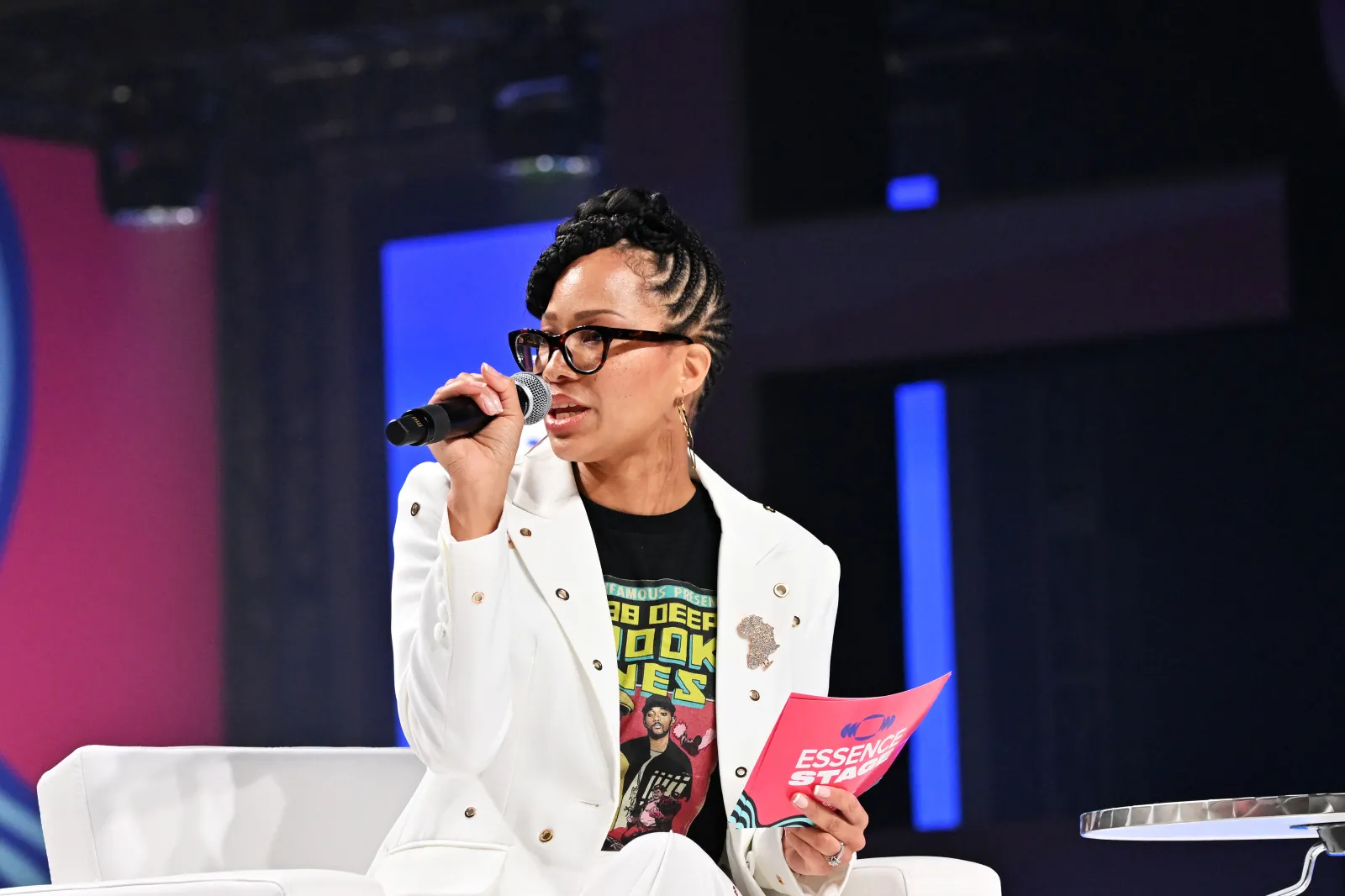
The industry standstill
Inclusive advertising has a long way to go, with over half (53%) of the world’s industries scoring below the global average for representation in content, according to XR’s 2024 Global Advertising Representation Report. Only 12% of talent in ads have dark skin tones, 6% of screen time includes seniors and 15% of screen time is given to those with larger body types, according to the report, which was developed by technology company XR and The Female Quotient and used artificial intelligence (AI) to analyze nearly 1 million ads from 35 industries.
At the same time, there has been a 5% year-over-year decrease in non-white talent in popular TV programming to 42% overall, along with an underrepresentation of Hispanic talent both on-screen and in ad impressions delivered to Hispanic households, according to Samba TV’s 2025 State of Diversity TV report. That’s to say nothing of corporate America’s DEI pullback, which has led to thousands of layoffs and had a stark impact on the ad industry.
“I think what we’re seeing is what feels like abandonment. It feels like people and groups have been thrown overboard, and that is coming to light in what we’re seeing coming out of the creative,” Rivera said.
Amazon, Target and Walmart are among the companies that have scaled back DEI efforts. Meanwhile, brands like Dunkin’ and American Eagle have faced backlash for what critics argue are dog whistles alluding to the long-disproven theory of eugenics in recent ads. Brands have become more confident in projecting values that exclude or could be harmful to diverse populations, Rivera argued, and the impacts on business will likely be felt.
“Even if it feels good now and it feels like this is en vogue, or something that is working, I don’t think that the long-term strategy is the smartest — but I would rather brands be who they are,” said Rivera.
“It’s the fact that [brands are] looking at people as expendable. It’s not just a strategy for you — it’s my life.”

God-is Rivera
Chief Strategy Officer, Burrell Communications Group Worldwide
Several factors help explain brands’ silence around DEI, including the Trump administration’s stance, which has left many fearful of being punished, explained Katie Thomas, lead of the Kearney Consumer Institute. Brands also have been navigating increased demand for affordability amid economic uncertainty, which may be challenging them to reshuffle their priorities.
“Right now, [consumers] really are most stressed about finances, so we’re seeing, not as specific to DEI, but any value, we’re seeing kind of slowly tick down in priority as people feel stressed about the price value equation,” Thomas said.
When it comes to juggling the want for affordability, 80% of consumers feel that shopping based on their values is more expensive, according to a Q2 2025 report from Kearney. Additionally, 79% of consumers believe it’s less important for a brand to voice its values than to deliver on expectations around quality. That’s not to say values like inclusion don't matter in the current moment, Thomas added, particularly when it comes to the long game of building loyalty.
“Consumers do have more options than ever, and they really can choose to shop by their values, and when they have the money to do so, they will do so,” Thomas said.
Another reason for the pullback is the reality that brands often regard values like inclusion as a fad instead of identifying and sticking with a set of core values, Rivera said. The executive urges brands to take responsibility and think of inclusion first and foremost at the human level, not as a strategy.
“It’s the fact that [brands are] looking at people as expendable ... It’s not just a strategy for you — it’s my life. It’s the life that my daughter gets to have. It’s the one that my grandmother was denied. It’s the one where my mother was stuck in the middle — it’s our lives. It changes the trajectory of health outcomes, our self-esteem, our opportunities in the workplace,” Rivera said. “Brands can absorb a lot of what would happen if they did collectively speak up now, more so than the individuals that they are throwing overboard.”
‘We’re going to be flattened again’
The retreat from diversity in advertising’s workforce is especially stark given true parity was never achieved in the first place. Diversity in the marketing industry dropped in 2023 for the first time in several years, according to the Association of National Advertisers, with people of color making up just 30.8% of the marketing industry versus 32.3% in 2022, a record high.
“As a Black woman, it’s hard to see headlines like ‘300,000 Black women have left the [workforce].’ That’s devastating, because again when we think about pushing the boundaries of inclusivity, if we are losing people who can architect culture because of their connections to their communities, we’re going to be flattened again and then we’re going to go back to just marketing one type of message to people,” said Danisha Lomax, chief connected community officer at Digitas North America.
While women have achieved greater representation in the advertising industry, that often stunts at the leadership level, explained Asha Shivaji, CEO and co-founder of SeeMe Index, a company that uses AI to measure and benchmark brands’ inclusivity efforts. Organizations need to reflect what the world looks like on multiple levels, she continued, from age and gender to education levels and where people grew up.
“We know diverse thinking drives the best results,” said Shivaji, who moderated a panel at Advertising Week New York about the success E.l.f. Beauty and MAC Cosmetics have seen from their inclusion efforts. “If I think about our country, regardless of how you feel, we’re getting increasingly diverse. By 2045, we’re going to be a minority-majority country. I think this idea of general marketing is slowly dying because there is no more general market.”
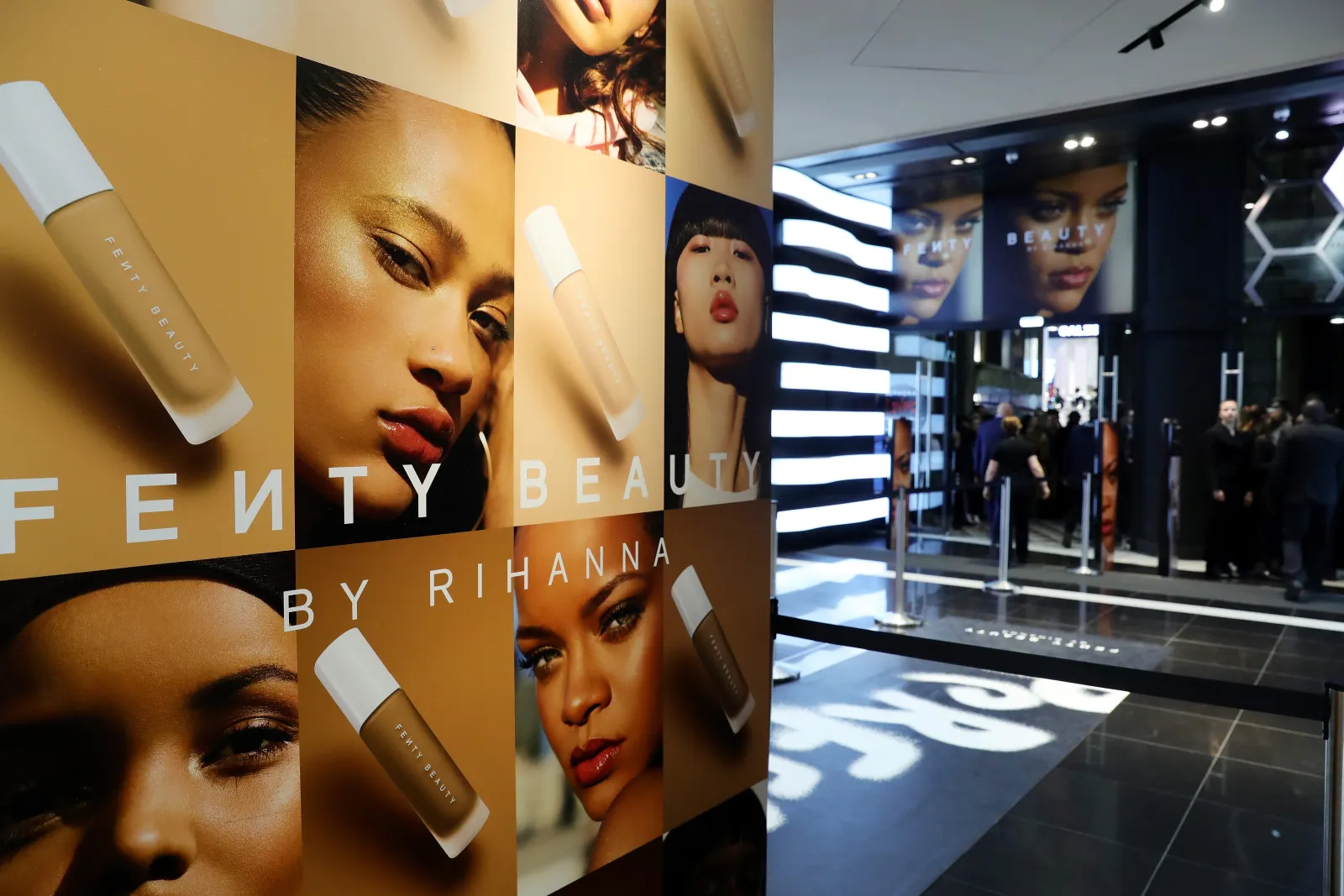
Marketing with diversity in mind
The data show opportunity lies in establishing an inclusive marketing strategy. The fastest-growing consumer market is diverse growth audiences, which represent $6.8 trillion in buying power, according to a panel at Advertising Week New York.
Three-quarters of consumers say a brand’s diversity and inclusion reputation influences their purchasing decisions, according to Kantar. Consumers right now are looking for brands to represent their values, especially during a time when they aren’t seeing them represented in other parts of the world, Shivaji said.
“Brands have such a unique opportunity to create that safe harbor in this current environment,” Shivaji said. “Fenty Beauty launched in the last Trump administration, and that was a time, too, where I think people were seeking more representation [and] products that spoke to them.”
For brands unsure of where to start, Shivaji recommends being intentional about the groups they wish to target versus trying to be everything to everyone. From there, it’s important for brands to strategize around how to show up across all consumer touch points while remaining consistent in messaging.
“Consumers are really noticing today when a brand kind of flutters in and out for a certain holiday, certain moment, and it’s like, Where are they for the entire rest of the year?” she said.
“I always say, when we look at our data, if you look for a woman who is 55-plus, deep skin tone, large body size, she does not exist in advertising.”

Asha Shivaji
CEO and co-founder, SeeMe Index
Some marketers have found themselves caught up in backlash for failing to remain committed to such initiatives, including Target, which continues to be the subject of a monthslong consumer boycott for pulling back on its DEI efforts.
The pullback is also challenging to understand from a business perspective: After Target CEO Brian Cornell pledged to increase Black employee representation and spend more with Black-owned businesses, the company saw record growth in 2020 and comparable sales grow 12.7% in 2021. Today, the retailer continues to struggle with declining sales and consumer sentiment.
While some could feel intimidated by taking a stance in today’s climate, Shivaji urges companies to look at the data.
“A lot of what we’ve been able to do at SeeMe Index is bring the data forward to say, ‘Hey, look, when you start to represent this group more in your ads, in your purpose efforts and the products you create for them, your penetration is also going up.’ This isn’t a surprise, it’s a direct relationship,” Shivaji said.
Data can also help identify gaps. For example, people with deeper skin tones only receive one-third of the screen time in ads versus their lighter skin counterparts, Shivaji said, even in instances where brands hire talent with darker complexions. Brands also struggle with casting a wide skin tone aperture, instead choosing one or two people to represent an entire group of people, or fail to think beyond gender and race when considering someone’s identity.
“When we think about a woman, there’s the entire spectrum of every different aspect of diversity of representation,” she said. “I always say, when we look at our data, if you look for a woman who is 55-plus, deep skin tone, large body size, she does not exist in advertising.”
Still, data has limitations, particularly when it comes to understanding a person’s identity, explained Rivera. To resonate with specific audiences, brands should be willing to listen and immerse themselves in someone’s identity beyond the surface level.
“If I gave you my husband’s resume, every data point would be right, but nothing would tell you why I love him so much. So it’s the idea that you can get data, but you have to immerse yourself in what surrounds these people,” said Rivera.
Creators can be a valuable tool in helping brands authentically engage with diverse audiences, Digitas’ Lomax explained, commending their ability to build loyal communities. U.S. brands are expected to spend $13.7 billion on influencer marketing by 2027, an increase from $10.5 billion this year, according to eMarketer. However, creator partnerships should be carefully considered to ensure they align with a brand’s broader strategy, as indicated by the wave of conservative backlash that followed Bud Light’s partnership with Dylan Mulvaney, a transgender influencer.
“I like to say creators are the media plan, and when I say that, I mean [that] they’re the people that break through,” Lomax said.
Predicting what’s to come
The remainder of the year is likely to bring increased pressure for brands to perform as the critical holiday period arrives and the impacts of tariffs and supply chain issues endure. During such a sales-driven period, marketers who come out with a message — so long as it is consistent and authentic — are more likely to break out of the clutter and build true loyalty than those who play it safe, Lomax explained.
“A brand is not a brand without people, and if you just think about your individual experience right now, today on Earth, and how you want to receive messages and how you want people to engage with you — the same type of things need to go into the boardrooms where decisions for your marketing are being made,” Lomax said.
While consumers hold the ultimate power within their wallets, Rivera expects shoppers to yield even greater control during the Q4 period and be more selective about where they put their money. Consumers could ultimately force brands to respond to their calls for inclusivity in ways that are more clear and reflective of the world today.
“What we’re seeing is so much emotion in people that they want to see themselves. They want to see an evolution,” Rivera said. “You can try to toe the line for so long, but I think we’re going to see a burst of people saying, ‘I’m done. I’m not buying this, I’m not doing that’ … Q4, I hope, is sort of a crescendo of the people’s voices and what they want to see and will sort of jolt back some of this paralysis outside of what we’ve been seeing.”
As both marketing executives and consumers navigate a period that feels particularly trying, Rivera emphasized the importance of recognizing those that are most vulnerable.
“As a Black woman executive at a Black-owned agency network, I want to say to Black, brown, LGBTQ+ folks, folks with disabilities, native folks, folks who are the most marginalized: I know how hard it’s been,” Rivera said. “I see you. Your voice still matters.”


